- BCIT 800502 Weathered
I have to admit this is fantasy weathering as I couldn’t find any photos of this car and the photos of similar class cars (BCIT 800250 for example) were taken in the early 70’s. Too new for the look I wanted. I wanted to portray this car as it might be in the mid 80’s to early 90’s. I wanted it grungy and abused. So I took the liberty of referencing prototype photos of other BC Rail boxcars taken in the mid 80’s.
The car is an Atlas O 53’ Evans Double Plug Door Boxcar, that I blogged about converting to P48 previously. This was a throw everything at it experimental attempt. And I have to admit I made a lot of errors.
What Worked:
-
Tamiya Panel Wash
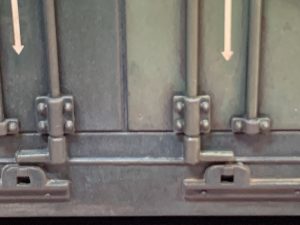
This product works very reliably for panel lines, seams, and as a pin wash around raised details. The wash flows especially nicely along lines that have been moistened with mineral spirits. The excess is easily cleaned with mineral spirits. -
Oil Paints
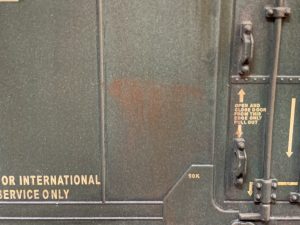
I used oil washes across the entire model and also used it to create rust chip and streak effects. The oil paints are easy to manipulate and easy to remove. -
Enamel Effects
I have a number of enamel effects from AK Interactive and Mig Ammo. They are great for streaking. I used them extensively to create streaking rust and grime.
-
Cricut Maker Masks
I used my Cricut Maker to cut a mask to paint the Black Flag logo out of Badger mask paper. I applied the mask and painted the area with Tru-Color paint. It worked perfect. I’ll use this method again for sure.
-
Gelly Roll Pens
I used Sakura Gelly Roll pens to free hand some graffiti. The pens write on hard plastic decently, and I had no problems with smearing.
-
Extra Effort On The Trucks
I painted the trucks Rust-O-Lehman Camo brown and hated the dark uniform color. It ended up serving as a good base coat for successive layers of Rust, Weathered Black, and Light Brown acrylic glazes and finally a dry brushed acrylic gray highlight.
What Didn’t Work:
-
Acrylic Matte Varnish Base
It’s very easy to scrape though the acrylic varnish when you are trying to remove portions of the acrylic washes from subsequent layers. In the future I’ll stick with lacquer varnishes to protect layers.
-
Vallejo Wash Fade
These were very hard to remove from the white lettering. I had to use alcohol to remove the washes which caused a lot of damage to adjacent weathering. In the future I will stick with acrylic paint washes.
-
Graffiti Decals
I used Microscale and Busch decals and it was darn near impossible to disguise the decal film. I used Testor’s Glosscote before and after decal application and a heavy dose of Micro-Sol in between, but the decal film is still visible. I scraped a couple of decals off and that didn’t look pretty either. Those damaged areas were covered with more graffiti.
-
Micro-Set
I used an acrylic matte varnish, and then Testor’s Glosscote to seal in weathering before applying decals. I didn’t expect a problem, but when I applied Micro-Set, to areas the areas I was applying the decals it stripped the adjacent weathering. Solvaset didn’t seem to make a difference.
Undecided Efforts:
-
Pan Pastels
I used these as a next to final step, most of the effort is obscured by Dullcote, but some of the effect still shows up as highlights on raised areas. Honestly, I would like to use the Pan Pastels to shift color more than to highlight areas, but it turns out to be a pretty crude application that kind of just goes everywhere.
-
Wheel Splatter
I tried this with a few different colors of AK Enamel Effects paints. I think I’m on the right path, but I’m not satisfied with the results. This effect looked really overdone when I applied it, but a lot of it faded into oblivion with subsequent layers.
-
Paint Splatter Chipping
I tried using splattering paint to create chipping on the roof. I’m not sure it’s very convincing, maybe overdone?
More shots:
2,386
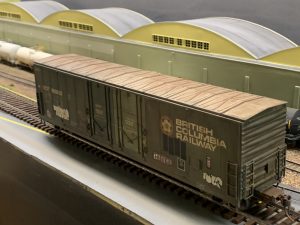
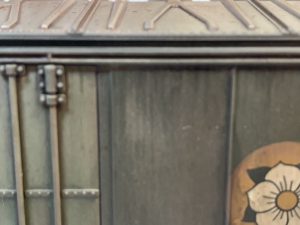
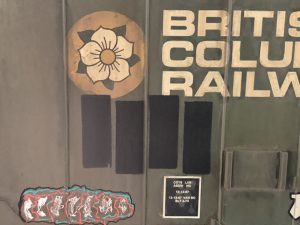
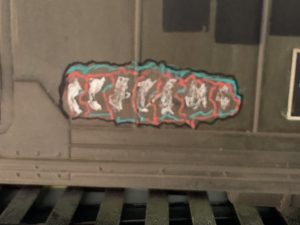
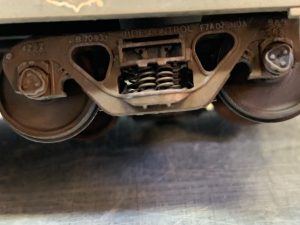
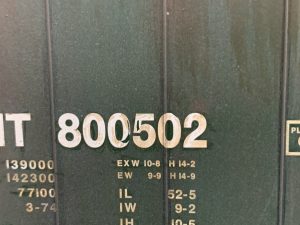
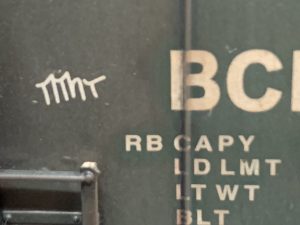
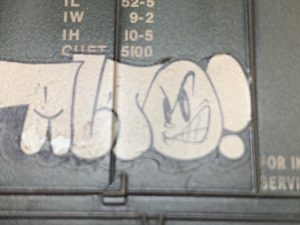
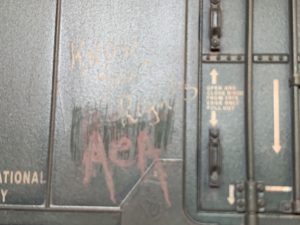
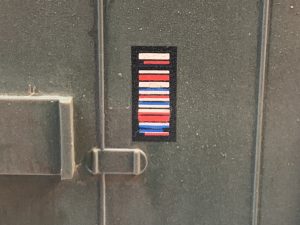
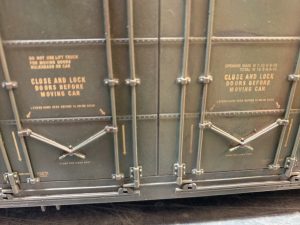
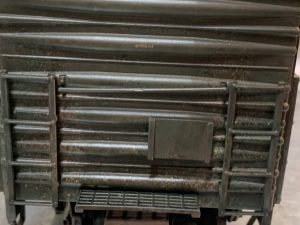
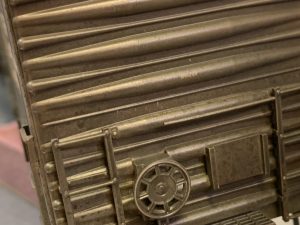
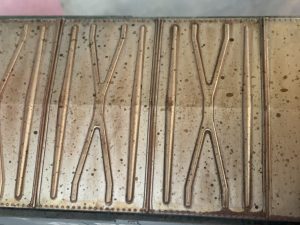
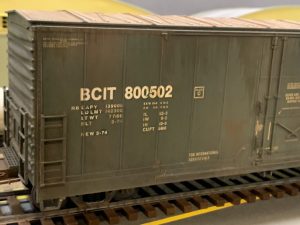
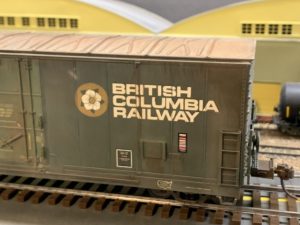
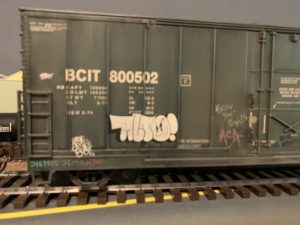
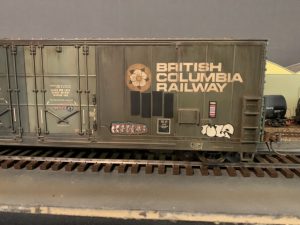
I’ve slowly discovered that larger scale weathering methods require slightly different approaches than the smaller scales. Texture or the absence of texture really makes a difference.
I would skip the paint splatter next time.
I’m going to have to remember the lacquer clear coat instead of acrylic.